Got a pup with potential? Protection dog training is where instincts meet structure, and your furry friend becomes a legit bodyguard with paws. This isn't your average sit-and-stay session. We're talking about building sharp focus, strong bonds, and serious skills.
Training a protection dog takes time and patience, as well as a fabulous trainer who knows their stuff. It's not about making your pet aggressive but about teaching them when to act and when to chill. The goal? A loyal companion that listens, thinks, and protects when it counts.
The right protection training program changes the game, whether you've got a young pooch or an older one. So, if you're ready to boost your canine bestie's confidence (and your own), stick around. This guide's got bite—in a good way.
What Is Protection Dog Training?

Protection dog training teaches your canine companion to guard and defend you without turning into a four-legged maniac. It's a balanced blend of obedience, confidence, and knowing when to throw down. This kind of training doesn't mean your dog bites on sight, nope. It means they learn to assess a situation, stay cool, and act only when there's real danger.
Dog trainers use structured exercises to shape your pet's reactions. That includes controlled environments, specific commands, and plenty of praise for good behavior. With the right instructor, your furry buddy can learn to protect without becoming a problem.
What Is the Difference Between a Protection Dog and a Guard Dog?
A protection dog is basically your personal security detail, while a guard dog is more like the "stay in the yard and bark at strangers" type. Both have jobs, but they don't show up the same way.
Protection dogs learn to work closely with people. They're all about handler protection, reading cues, and acting only when it's time. These canines ride with you, walk with you, live with you, and they know who to keep an eye on.
Guard dogs usually work solo. They safeguard property, not people, and they're more territorial than tactical. If you want a dog that defends you, not just your fence line, personal protection training is the move.
Why Train a Protection Dog?
Protection dog training turns your pooch into a legit safety net that's smart, loyal, and ready to defend when things go sideways. This kind of instruction builds more than skills; it cultivates trust. Your dog learns to read your cues, ignore distractions, and respond when it matters. That means fewer nervous moments and way more peace of mind for you.
Plus, it's not just about security. Trained protection dogs usually have a stronger bond with their people. They're more focused, more in tune, and honestly, they get so many compliments. It's a win-win because you feel confident, and your pup feels like a hero.
Key Characteristics of a Protection Dog
Not every dog's cut out for protection work, and that's okay! The ones who are? They've got a little something extra. These canines have drive, focus, and the kind of loyalty you can count on. Here's what sets them apart:
- Strong Prey Drive. This instinct to chase and engage isn't just for squirrels. It's the base layer of solid protection skills. Dogs with this drive have the focus and energy needed to lock in during training and real threats.
- Confidence Around People. Shy pups need not apply. Protection dogs walk into a room like they own it. They stay composed around crowds, strangers, and loud noises. No tail-tucking or hiding behind your legs here.
- Obedient and Responsive. These dogs don't "maybe" follow commands. They respond fast and consistently. Sit means sit. Stay means stay. And when it matters most, you'll want that level of sharp response.
- Protective Instincts. These canines come with a built-in radar. They can sense when something's not right way before you even notice. It's that sixth sense that makes them the perfect furry security detail.
- Eager to Train. A good protection dog doesn't just tolerate training; they live for it. If your pooch lights up during a training session and wants to impress you, you've got something special on your hands.
Best Suited Protection Dog Breeds
Let's be real: Not every dog wants to be a bodyguard. Some just want belly rubs and snacks. But certain breeds were born to protect. You've probably heard of the classics:
- German Shepherds. Smart, strong, and total ride-or-dies. These dogs are often the first choice for personal protection and service dog training. They're super trainable, confident, and always down to work.
- Dutch Shepherds. Agile, focused, and fearless. They've got the brains and the brawn to crush any training session. Bonus: They're super adaptable and handle tough environments like champs.
- Giant Schnauzers. Don't let the beard fool you; these pups mean business. Protective, powerful, and surprisingly fast, they're excellent for handler protection and obedience training.
- Belgian Malinois. Quick thinkers with endless energy. These working dogs serve in the military and law enforcement worldwide. If your lifestyle's active and you want a canine that's always ten steps ahead, this breed's a top pick.
- Rottweilers. Total sweethearts with serious muscle. Rotties are confident, calm, and deeply loyal. With the right trainer, they become rock-solid protectors with a soft side for their family.
Even breeds like Golden Retrievers can surprise you with their loyalty and drive. It just depends on the dog's temperament. The bottom line is that the best breed is one that's trainable, alert, and loves being your teammate.
Essential Traits for a Successful Protection Dog
The best protection dogs aren't just tough. They're tuned in, teachable, and totally loyal to their people.
Confidence is key. A great protector doesn't flinch at loud noises or new faces. They stay cool, even when things get tense. Loyalty matters, too! These dogs bond hard, and they'll step up if they sense trouble.
You also need a pooch that actually enjoys training. Obedience should feel like a game, not a chore. Bonus points if they've got courage, sharp instincts, and just a little sass. Nobody wants a timid bodyguard. So, as you can see, a fancy pedigree won't cut it; a protection role needs the right personality.
Preparing Your Dog for Protection Training
Before you jump into training, you've got to build the basics first. Your pup needs a solid foundation because this isn't a plug-and-play situation.
Start with social skills. Your canine should be calm around other dogs, people, and loud environments. That means fewer freak-outs and better focus when the real work begins. Confidence starts here.
You'll also want to know your pet's temperament. Not every dog has the mindset for a protection role. Some are too laid-back, and others too anxious. A proper initial assessment helps you figure out what you're working with.
Socializing Your Dog for Protection Work
When performing their protector duties, your pup needs to know how to chill when things aren't a threat. Socializing is step one. Dogs that don't get proper social time can turn into loose cannons. And nobody wants a reactive dog who can't tell a friend from a foe. Expose your pet to new people, places, and sounds early and often.
The goal is to build a confident canine, not a chaotic one. They should stay calm at the park, walk past another dog without flipping out, and disregard distractions like pros. A pup that's cool in public is one that's ready for some serious protection work.
Related Post: How To Socialize a Dog: Puppies, Adults, & Older Dogs
Basic Obedience Training for Protection Dogs
If your dog doesn't listen, protection duties are a no-go. Obedience is the glue that holds everything together. It's not optional; it's the whole deal.
Commands like sit, stay, heel, and come need to be rock solid, not "maybe if they feel like it." Your pet should follow through every time, even with distractions buzzing all around.
Why? Because control matters. A protection dog without obedience is just a furry wildcard. You want a training partner that listens the first time, no bribes needed. That way, when it's time to defend, they don't freeze, or worse, overreact.
How To Train a Protection Dog

Ready to level up? Protection dog training starts with the basics and builds into something powerful. It's a step-by-step process that turns your loyal companion into a confident protector. You'll need structure, patience, and consistency to succeed in shaping your dog's behavior. Most pups thrive when training feels like a game, so keep it fun but focused.
The goal is simple: Build a dog that listens, thinks, and knows exactly when to act. Over the next few steps, you'll go from basic obedience to real-world protection skills. Let's break it down, one phase at a time.
Step 1: Building a Solid Foundation With Basic Commands
Before your pup can defend anything, they've gotta master the basics. Protection dog training always kicks off with simple commands (and we mean simple but solid).
Start with sit, stay, down, and recall. Your dog should follow each one like it's second nature. No hesitation, no side-eye, just straight-up obedience. Think of it as your pet's first language.
This is about trust. When your pooch knows what you expect, they feel confident and clear-headed. Plus, you can't move on to the cool protection stuff until your training buddy listens like a champ. Basics first, superhero moves later.
Step 2: Introducing Controlled Threats
Once your dog's got the basics down, proceed to teach them how to handle real pressure without losing their cool. Controlled threats help your canine friend learn what's dangerous and what's just background noise. A trainer might use padded suits or pretend attackers to show your dog the right response. It's like stage practice before the big show.
Your furry bestie learns to stay focused, even when someone charges at you yelling. No panic, no chaos, just controlled, confident action. This step builds their instincts while keeping their mind sharp and steady.
Step 3: Teaching Your Dog To Respond to a Verbal Command or Gesture
Your dog shouldn't play guessing games during danger. In protection dog training, they learn to act only when you say so, whether that's a word, a hand signal, or a subtle nod.
This step is all about control. You're the boss, not their adrenaline. A solid verbal command or gesture tells your protector when to step in and when to chill. That's how you avoid unnecessary bites or awkward moments at the park.
Repetition is key here. Practice your cues in different places, with different distractions. When your dog responds fast and clearly every time, you know they're locked in. And that's exactly what you want.
Step 4: Developing Aggression Control
Protection training teaches dogs when not to bite. Aggression control is the make-or-break moment. They need to flip the switch off as fast as they turn it on. That takes serious discipline and trust between dog owners and their pets. No room for guesswork when things get heated.
Training includes commands to stop mid-action, walk away, or return to your side immediately. You're building a protector that acts with purpose, not panic. Because a real protection dog defends only when it counts.
Personal Protection Dog Training Techniques
Personal protection dog training techniques focus on staying close, guarding your space, and stepping in when needed. Your dog learns to spot threats, block them, and react with precision. It's like having your own fuzzy secret service.
Dog trainers use drills that mix obedience with real-life scenarios. Think walking through a crowd, entering a building, or chilling at a park—all while your pet stays alert. It's them handling business with cool confidence.
This type of training is more than bark-and-bite. It's about teaching your dog how to protect you. Not just the house, not just the yard, you.
Bite Work and Defense Training
Protection instruction for dogs includes bite work, not because it's flashy, but because it teaches control, grip, and timing. Your pet learns how to bite on command, not on impulse. They target padded sleeves or suits in a safe, structured way. This builds confidence without turning them into a loose cannon.
Defense training also teaches your dog how to react when you're threatened. They're learning how to protect without losing it through actions like stepping between you and a person or holding their ground. It's power, precision, and practice all rolled into one sharp set of canines.
Common Challenges in Protection Dog Training
Protection dog training comes with its fair share of hiccups. Even the most eager, loyal pets can hit a few speed bumps along the way. And guess what? That's totally normal. Here are some of the most common challenges you might run into:
- Too Much Aggression, Not Enough Control. Some dogs go zero to one hundred real quick. The goal is not just to bite but to know when to bite. Without proper control, things can get messy fast.
- Lack of Focus During Training. Squirrel! Yeah, distractions are real. Some canines struggle to stay dialed in, especially during longer sessions or when there's another dog nearby.
- Fear-Based Reactions. Protection work requires confidence. A pooch that spooks easily or shuts down in pressure situations isn't ready for serious training yet.
- Inconsistent Obedience. If your dog listens sometimes, that's a problem. Protection dogs need to respond every time. No second chances, no bribes.
- Handler Miscommunication. Sometimes, the issue isn't the dog; it's the human. Mixed signals or unclear commands can confuse your furry friend and slow progress.
The good news is that you can overcome every one of these challenges with patience, structure, and the right training program. Don't give up just yet!
Managing Aggression and Overreaction

Some dogs get a little too into the whole "protect" vibe, and that's where things go sideways. Barking at every stranger, lunging at a loud noise—yeah, that's not the goal. Protection dog training should never turn your pooch into a loose cannon. You want controlled confidence, not a furry missile ready to launch at every jogger on the sidewalk.
To fix it, trainers focus on impulse control. Your dog learns when to engage and when to chill because real protection isn't about overreacting but about reacting right. Calm, focused, and only when needed. Anything more is just chaos in a fur coat.
Dealing With Fear-Based Reactions
A dog that's scared won't defend you. Instead, they'll panic. And in protection training, fear-based reactions are a major red flag. You want a confident companion, not one that bolts at a shopping cart.
Some dogs show nervous or upset behaviors during training. Think tail tucked, ears back, eyes wide. That's their way of saying, "I'm not sure about this." And that's your cue to slow things down.
Confidence comes with repetition and trust. Start small, celebrate wins, and keep your training sessions short but steady. When your dog feels safe and supported, those fear-based freak-outs start to fade, and a bold, focused protector starts to shine through.
Health and Fitness for Protection Dogs
A strong mind means nothing without a strong body. Protection work puts both to the test, so your dog's health and fitness matters... a lot.
Working canines need daily exercise, mental stimulation, and the stamina to keep up with intense training. Agility drills, fetch with purpose, and tug-of-war are not just games but part of a bigger game plan. Keeping your dog fit means better focus and fewer injuries.
A proper diet is non-negotiable. Add in mobility support and muscle support supplements to help your furry buddy stay sharp and agile. Your loyal protector deserves top-tier care.
Keeping Your Protection Dog Fit and Agility Training
Nailing a protector role takes endurance, strength, and quick reflexes. And that means keeping your dog in top physical shape. Daily walks aren't enough. They need full-on workouts: sprint drills, tug sessions, agility courses, and fetch with purpose. These keep muscles strong, joints limber, and that mind sharp as ever.
And don't sleep on nutrition! A well-fed dog performs better, recovers faster, and stays more focused. Toss in some mobility support or muscle-building supplements to keep your canine companion in peak condition.
We offer everything from Muscle Support Chews to Joint Support Chews, CBD Mobility Treats, CBD Wellness Treats, Multivitamin Soft Chews, and a whole lot more. Did we mention all our products are natural, non-GMO, vegan-friendly, gluten-free, vet-approved, and third-party lab-tested? Choose only HolistaPet because your dog's fitness and wellness game should be as strong as their bite!
Preventing Injuries During Protection Training
With all that jumping, gripping, sprinting, and pivoting during training, injuries can sneak in fast if you're not careful. Warm-ups matter. Just like athletes, dogs need to stretch, move, and get those joints loose before diving into serious drills.
Start slow, then build up to the action. And if your pup starts limping or looking stiff? Hit pause. Rest is part of the program, too.
Also, pay attention to flooring and gear. Slippery surfaces and worn-out equipment can cause accidents. A little prep goes a long way in keeping your pooch safe, strong, and training-ready for the long haul.
When To Seek Professional Help for Protection Dog Training
Sometimes, you just need to call in the pros. Watch for signs like uncontrollable barking, lunging, or ignoring basic commands during a training session. If your dog seems confused, frustrated, or overly reactive, a professional can help reset the tone and tailor a plan to your pet's needs.
Board-and-train programs, one-on-one sessions, or group classes with an expert can make a huge difference. Don't sweat asking for help. Protection training takes skill, timing, and a deep understanding of dog behavior. If things start feeling overwhelming, it might be time to bring in an experienced trainer.
Final Thoughts on Protection Dog Training
Building trust, focus, and a seriously strong bond—that's what protection dog training is all about. When done right, you end up with a loyal sidekick who's confident, reliable, and totally in sync with you. It takes time, patience, and the right guidance. But the payoff is a buddy that listens, protects, and turns heads in the best way.
Need support along the way? HolistaPet has wellness products to keep your protector feeling their best in mind, body, and paws. A strong dog starts with solid care!






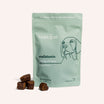
![Probiotics For Dogs [Soft Chews] - HolistaPet](http://www.holistapet.com/cdn/shop/files/Probiotic-Infographic-1_472d7a29-e30c-435a-9638-1365d8c3a9f9.jpg?v=1725384841&width=104)
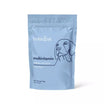








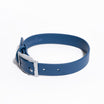
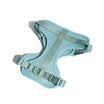
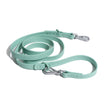

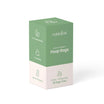
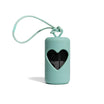



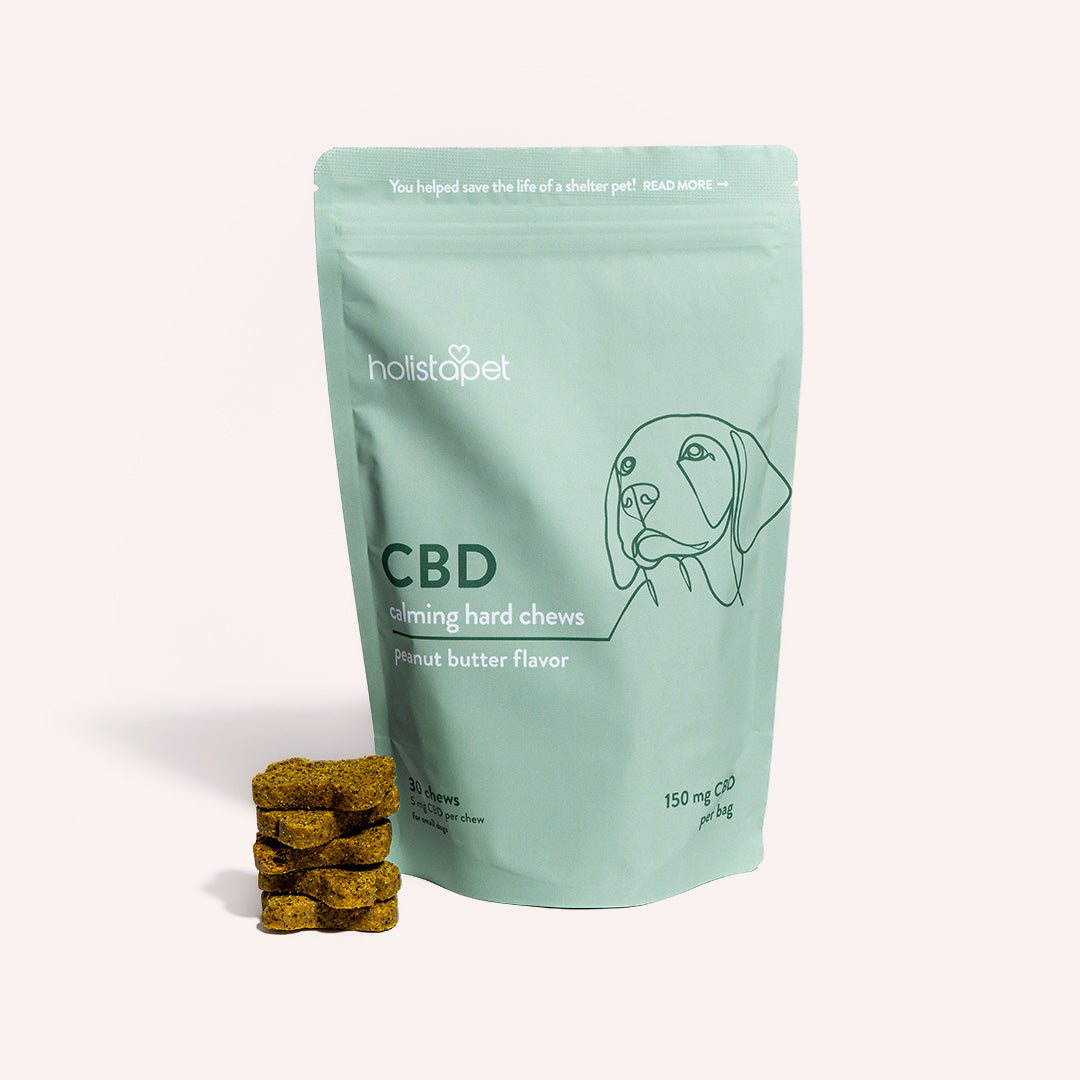

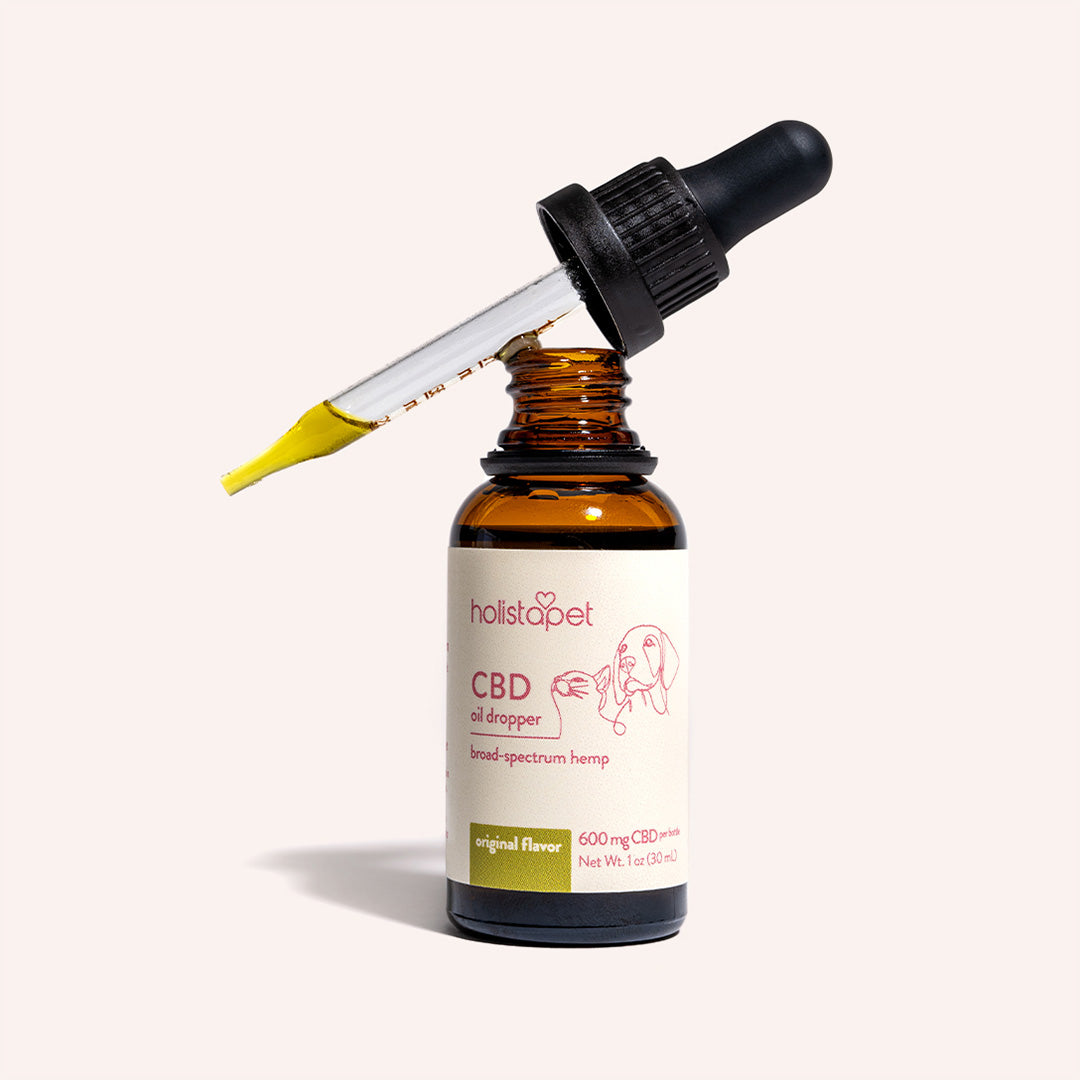
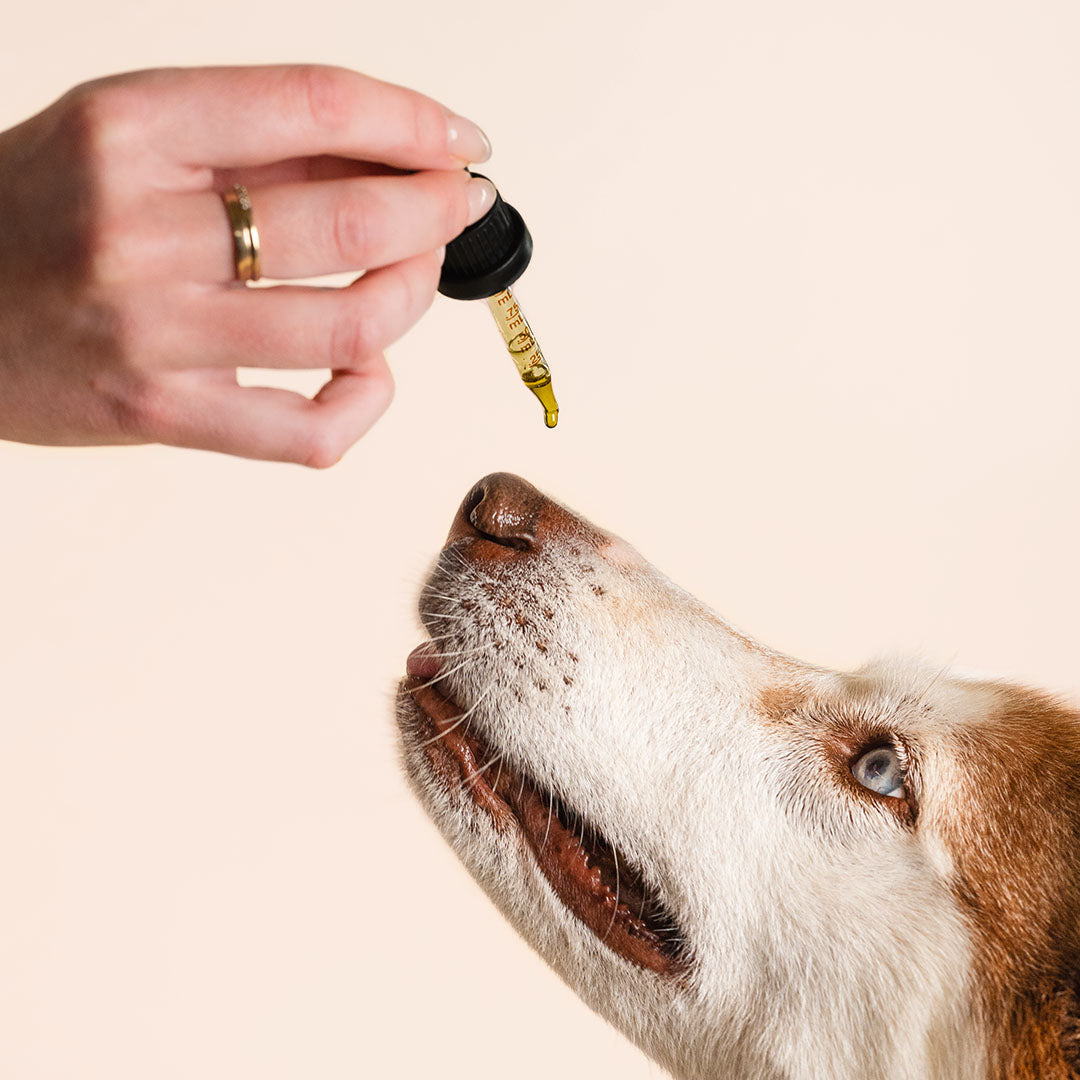


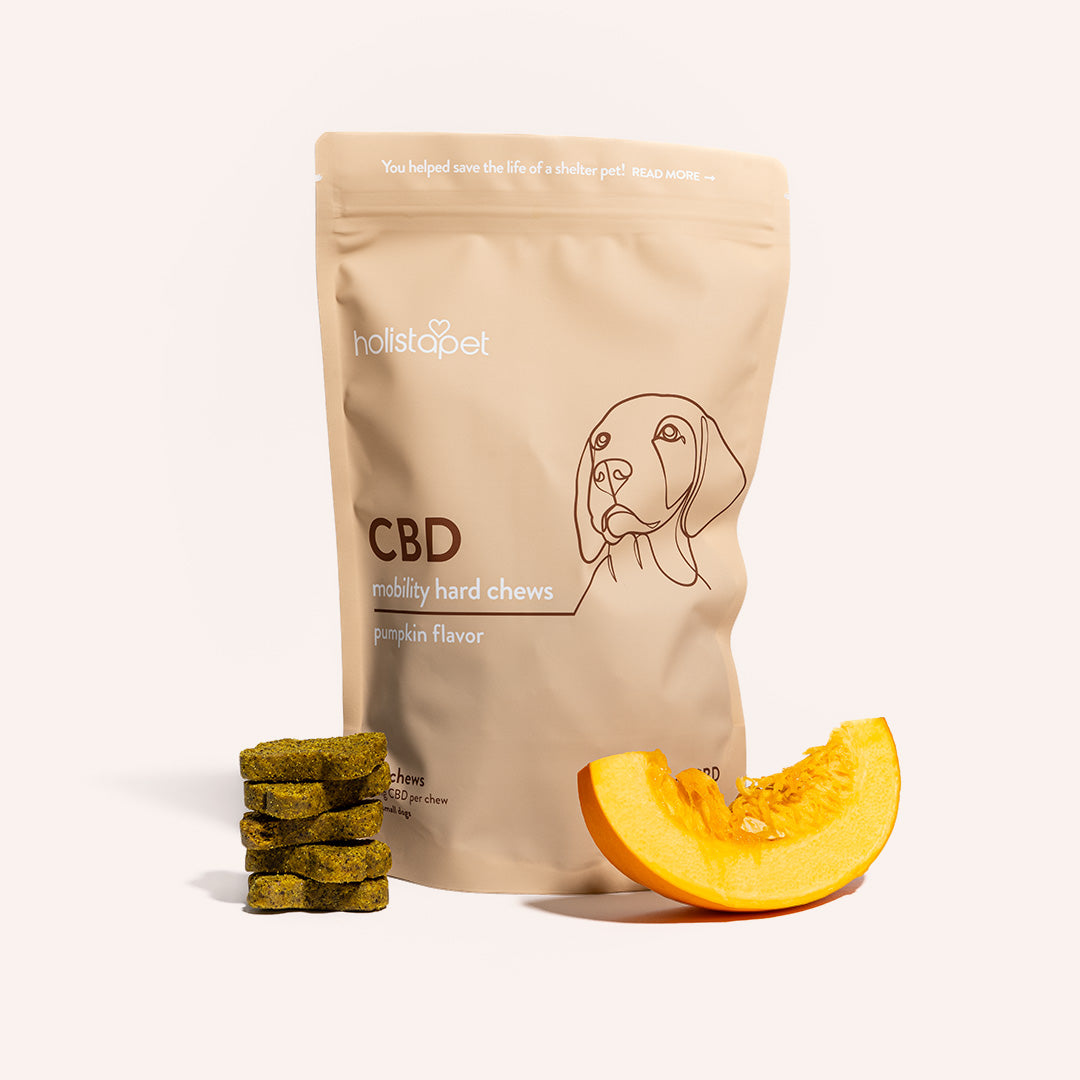


Leave a comment
All comments are moderated before being published.
This site is protected by hCaptcha and the hCaptcha Privacy Policy and Terms of Service apply.